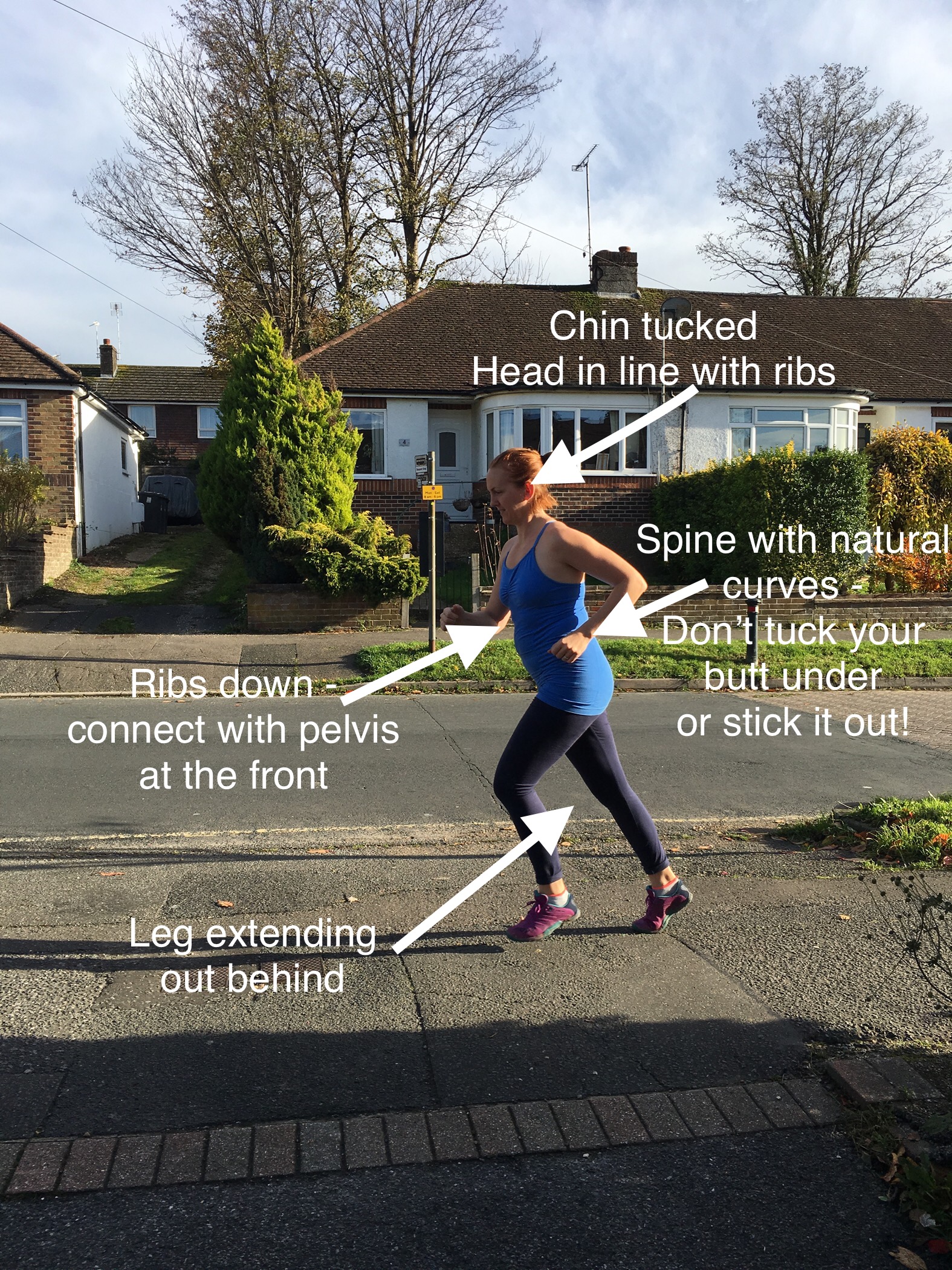What does 2020 hold in store for you?
Looking through my emails and social feeds there are either messages of promotion for new diets, new workouts with “incredible/intense/amazing results” or messages saying not to change anything, don’t fall for all the “New Year, New You” BS. Have you noticed that too?
What if you do want to take the opportunity of a clear January to start something you’ve always wanted, or to create a change in your life to benefit you in the long term? How do you negotiate the noise in all this messaging then?
I think it’s pretty safe to say we know now that “fad” diets don’t work - that is ones that are restrictive, change your eating, juice only, skinny tea, massive food group removal or ones based on being a better version of yourself. Let’s just go over that again - fad diets DON’T WORK!
I know you know deep down that sensible eating, consciously and without waste, moderate, varied movement that suits your body and getting enough sleep, relaxation, time outdoors and connection with others every day are what we need to be healthy and happy in our bodies and minds. It’s not rocket science and you don’t need special tech, fancy clothing, another fitness or food tracking app or super expensive gym membership. Sometimes what we need is a better strategy to go about our weeks and create habits that are long lasting - read on to find out more about the 1% strategy
Image taken from James Clear’s website (above) and information contained in this message from his book “Atomic Habits”
1% Changes to Create Successful Habits
In 2003 the fate of the British Cycling team changed forever. Dave Brailsford was hired as a coach and began to implement tiny changes in behaviour and technology that took the team from only ever having won 1 gold medal at an olympics and never having won the Tour De France to winning 60% of the gold medals in the 2008 games, and gaining 5 out of 6 of Tour victories from 2013 onwards. In fact during the ten-year span from 2007 to 2017, British cyclists won 178 world championships and 66 Olympic or Paralympic gold medals and captured 5 Tour de France victories in what is widely regarded as the most successful run in cycling history.
How did this extraordinary improvement happen? And why is it relevant to you - someone who isn’t a professional cyclist?
Brailsford didn’t make a dramatic change in training plans, or dope his athletes up to the eyeballs to make them into superhumans. He got them to wash their hands effectively everywhere they went so they reduced infections, and got them pillows and mattresses perfectly suited to each individual which they took with them everywhere so they slept better. He had the inside of the team truck painted white to ensure they noticed any dirt or dust which would affect the fine tuned bikes and tested massage gel to make sure they used the most effective one for recovery. These were among many other thousands of small changes.
On their own not a single one of these changes would have made a difference, but collectively and repeated month after month, year after year, these changes aggregated into a collective of 1000s of % improvements.
How is this relevant to you?
When you look to make any change, don’t think only the massive changes are worthwhile.
Waking up every morning and looking out your window to take in the sky and trees before opening your phone will help your mental wellbeing more easily than thinking “I have to meditate every day for 20 minutes or I’ll never reduce my stress levels”
Drinking a glass of water every time before you make a caffeinated drink will help you stay more hydrated than vowing to never drink caffeine again.
Packing your bag so you have the snacks and lunch you want for the next day in advance means you’re less likely to regret what you eat and drink at work.
Having a little programme of movement that benefits your body to do each morning will help you feel more balanced, stronger and more mobile. Prepare for success with this by committing to waking up 15 minutes earlier, make it friction free to carry this habit out by having the written programme, a mat and any pieces of equipment right there ready for you so you literally fall over it in the morning rather than it being packed away.
Remember that most of the significant things in life aren't stand-alone events, but rather the sum of all the moments when we chose to do things 1 percent better or 1 percent worse. Aggregating these marginal gains makes a difference.





